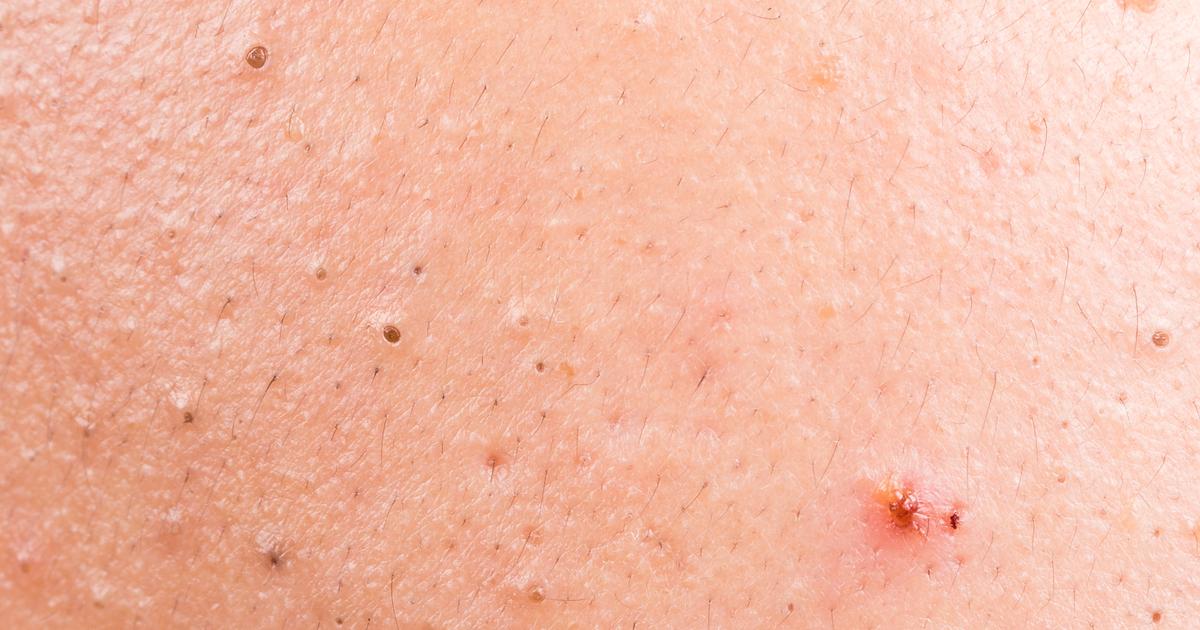What Are The Different Types Of Acne?
Oftentimes, the word 'breakout' is used to describe every type of acne simultaneously. When an individual wakes up with a pimple, whitehead, or blackhead, they may think they're breaking out. However, this terminology isn't always accurate, and some acne doesn't spread across the skin. A clogged pore can lead to an isolated pimple or other forms of acne. Clogged pores are caused by several different factors, including ingrown hairs, dead skin cells, hormones, bacteria, and excess oil production. Though acne is most commonly associated with teenagers, many adults have acne well after their hormones have settled. Acne is one of the most commonly occurring skin conditions in both adults and children throughout the United States, with about seventeen million members of the population having it. Successfully treating acne depends on successfully identifying it.
Let's get familiar with the different types of acne now.
Whiteheads

Whiteheads are one of the most common forms of acne. They form when pores become clogged by bacteria, oil, and dead skin cells. Many individuals find whiteheads annoying, and they can lead to anxiety about their appearance. Some lifestyle treatments may help to treat whiteheads, but with that said, acne is not typically correlated to hygiene. Therefore, simply washing one's face more won't often be enough to get rid of it. If an individual has a problematic number of whiteheads, their best option is to talk to a dermatologist about what medical treatment options are available. Pores can be blocked for multiple reasons. When individuals experience hormonal changes, their skin may begin to produce more oil, and excess sebum can cause pores to become clogged. It's common for skin cells to produce excess oil during puberty, before and during a woman's menstrual cycle, and during pregnancy. Some forms of birth control might increase an individual's hormones and lead to acne breakouts, particularly ones that contain progesterone. Genetics is also a factor in the development of whiteheads.
Uncover details on the next type of acne now.
Blackheads

Blackheads are another common type of acne that may occur alongside whiteheads or in isolation. With whiteheads, the cause is a clogged pore with closed skin. The cause of blackheads is a clogged hair follicle with open skin. A blackhead appears as a small bump on the skin. The surface tends to be black or dark. Blackheads are one of the more mild types of acne, and while they most commonly form on the face, it's also possible for individuals to develop blackheads on their shoulders, arms, neck, chest, and back. Every hair follicle in the skin is made up of a sebaceous gland and hair. The sebaceous gland secretes oil, which keeps skin soft. When oils and dead skin cells collect in the hair follicle, a bump called a comedone is formed. This is the same bump that causes whiteheads. The difference with blackheads is the bump is exposed to the air, which causes it to take on a dark or black color.
Read more about the different types of acne now.
